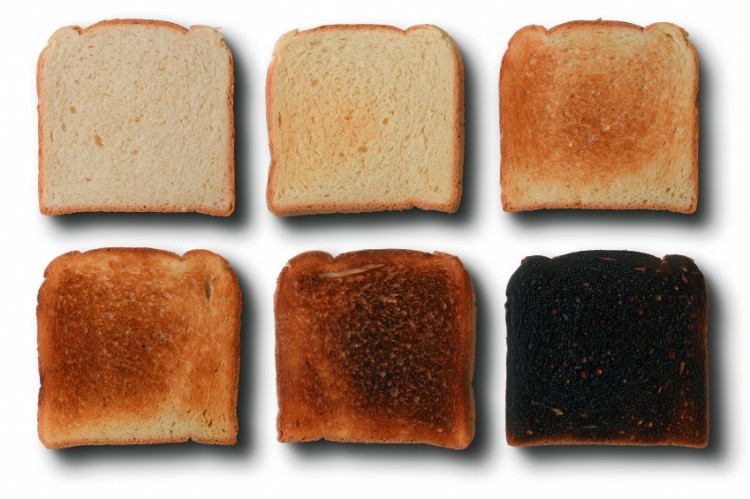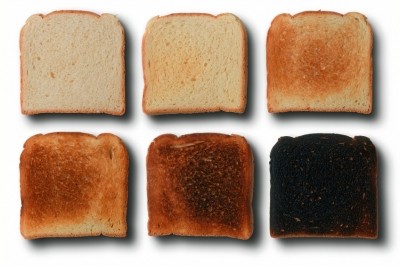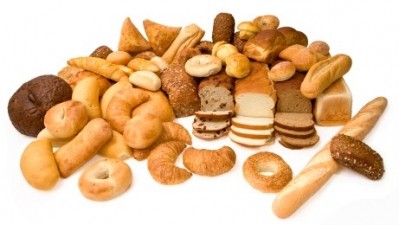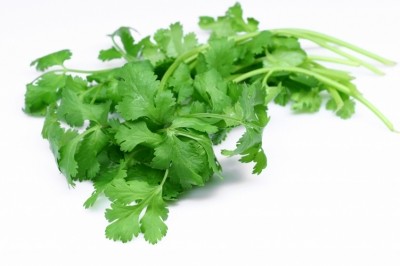Fibre-rich bakery goods: An on-going industry challenge

A new paper – published in Trends in Food Science & Technology – looking into fibre-enrichment in baked goods has found that despite increased diversity in fibre types used and good knowledge of the effects such ingredients have on dough and end-product quality, industry has yet to find a solution to create well accepted high-fibre products.
Led by Anastasia Ktenioudaki from Teagasc Food Research Centre, Ireland, the researchers noted that despite the importance of dietary fibre in the human diet, and consumer demand for healthy products, acceptance of products currently on the market is still low.
“Regardless of the improvement in the nutritional value and the associated health benefits, the acceptability of these products remains low,” they revealed, noting that the adverse effects of fibre on the quality of the baked products “have been well documented.”
“It is evident that the reasons behind these effects are still not clearly understood,” said Ktenioudaki and her colleagues. “However, emerging theories are shedding new light about the interactions of fibre components with basic dough components (such as gluten and starch matrices).”
As new sources of fibre become available, the team said that further information on how such ingredients interact with dough structure and affect overall quality will be needed.
Improved quality
Whilst many approaches have been used to improve the quality of products, mainly through the use of enzymes or additives, or through the modification of bioprocessing techniques like extrusion and fermentation, the team said further research is needed to reveal how quality and high fibre content can both be retained.
The authors noted that many means of improving the quality of fibre-rich products have been proposed in the past, “with most concentrating on improving the gluten network either with additives or by manipulating the processing methods (sourdough fermentation, proofing time and temperatures etc).”
However, they noted that as new sources of fibres become available, and with the increased consumer awareness for healthier diets, new research must endeavour to understand the ways in which fibre may be used to improve the quality, acceptability and nutritional characteristics of baked products rich in fibre.
Source: Trends in Food Science & Technology
Published online ahead of print, doi: 10.1016/j.tifs.2012.06.004
“Recent advances in the development of high-fibre baked products”
Authors: Anastasia Ktenioudaki, Eimear Gallagher,
















